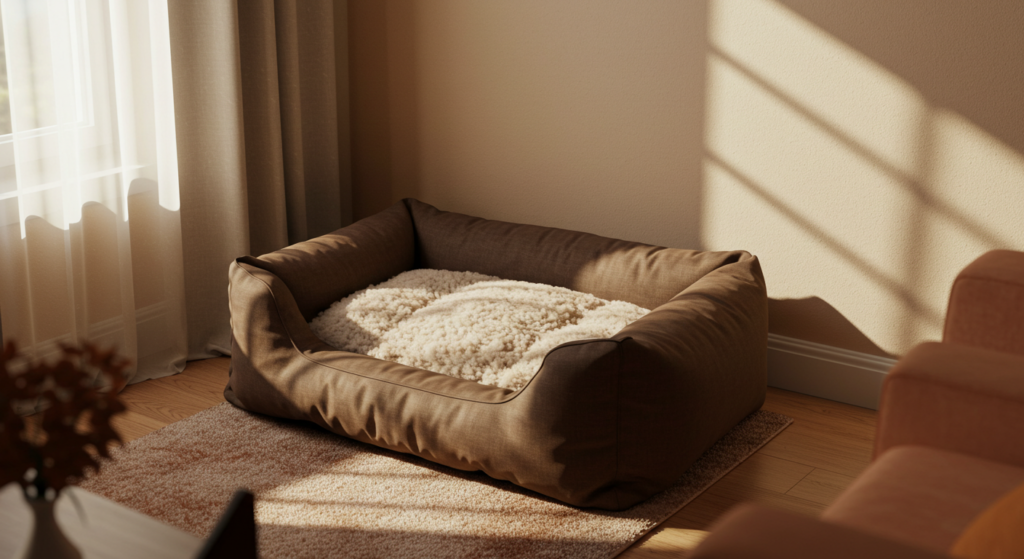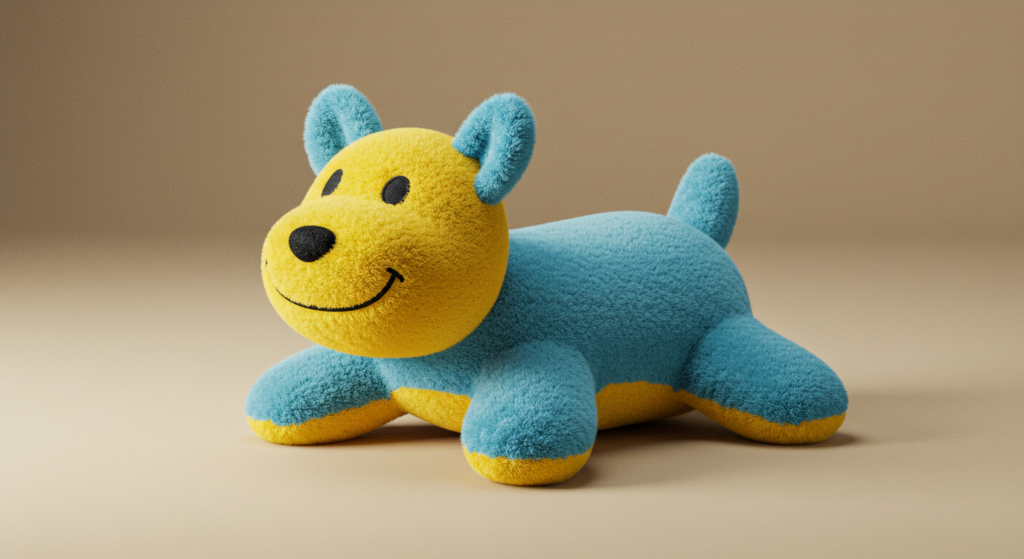5 Easy Steps to Clean Dog Beds Without Harsh Chemicals
If your dog’s bed smells like drool, dirt, and fur, it’s time for a serious refresh. But reaching for harsh cleaning products isn’t the safest choice for your pup. Dogs lie, chew, and nap on their beds for hours—so how you clean their bed matters. Let’s talk about simple ways to clean dog beds without harsh chemicals that still get results and keep your furry friend comfortable. We’ll walk through five easy and pet-safe ways to clean dog beds naturally. These tips use things you probably already have at home, and they work without leaving behind strong smells or toxic residue. They’re perfect for dog owners who want a cleaner home without compromising their dog’s health. By following these steps, you’ll be able to keep your dog’s bed fresh and odor-free while avoiding ingredients that could irritate their skin or paws. Here’s how to clean a dog bed the safe way. 1. Vacuum the Dog Bed Weekly A simple way to clean a dog bed is by vacuuming it regularly. Pet hair, dried dirt, and dander build up fast, and if you don’t stay on top of it, your dog bed becomes a smell trap. Use a handheld vacuum or a brush attachment to get into seams and corners, where gunk tends to hide. This helps prevent odor and keeps allergens to a minimum. Vacuuming once a week is a great routine to help clean dog beds without much effort. It won’t remove deep grime, but it takes care of the surface mess and keeps the bed looking tidy. Think of it as preventative maintenance. The cleaner you keep the surface, the easier it is to deep clean later on. Plus, vacuuming helps extend the life of the dog bed. Dirt and fur trapped in the fabric can wear it out faster. So a quick vacuum doesn’t just help you clean the dog bed—it helps preserve it, too. 2. Wash with Mild, Fragrance-Free Detergent The best way to clean a dog bed thoroughly is by washing it with a mild, fragrance-free detergent. Many standard laundry products are loaded with perfumes and chemicals that can irritate your dog’s skin. Look for something gentle—something you’d use for a baby or someone with allergies. If the Clean Dog Bed has a removable cover, take it off and throw it in the washer. If the whole bed is machine washable, even better. Wash on a warm cycle to kill bacteria and remove grime. This is a super effective way to clean dog beds while keeping your home pet-friendly. When drying, use low heat or hang the bed to air dry. High heat can damage the fabric or shrink the bed. Washing is one of the easiest and most effective methods to clean a dog bed without using anything harsh—and it’ll leave your pup’s space smelling fresh and feeling comfy. 3. Sprinkle Baking Soda to Deodorize Sometimes, you don’t need to do a full wash to clean a dog bed—you just need to get rid of that smell. Baking soda is a natural deodorizer that’s totally safe for pets. Sprinkle a good layer over the bed and let it sit for 30 minutes or more. It soaks up bad odors and freshens things up without any fragrance or chemicals. After it sits, just vacuum it up. You’ll notice the Clean Dog Bed smells cleaner and feels fresher. This trick is perfect between washes, especially if your dog tracks in dirt or has a habit of rolling in questionable things. It’s a fast, easy way to clean dog beds naturally. You can do this weekly or anytime the bed starts smelling off. Baking soda is cheap, safe, and works wonders—plus, it gives your vacuuming routine a little boost. It’s one of the best low-effort ways to clean a dog bed without needing detergent or special tools. 4. Spot Clean with Castile Soap and Water Some messes don’t need a full wash—just a spot clean. To clean a dog bed after a small spill or muddy paw print, mix a little warm water with unscented castile soap. It’s gentle, plant-based, and doesn’t leave behind any harsh residue. Perfect for sensitive pups. Dab the stained area with a cloth dipped in the soap solution. Gently blot—don’t rub—to avoid spreading the mess or pushing it deeper into the fabric. Once the stain is lifted, use a damp cloth to rinse the area, then pat dry with a clean towel. This is a simple way to clean dog beds without tossing the whole thing in the wash. Spot cleaning is great for quick touch-ups in between regular washes. You can stay on top of little accidents, and your dog’s bed stays cleaner overall. If you’re trying to clean a dog bed without harsh chemicals, castile soap is a safe, pet-friendly staple to keep on hand. 5. Use a Steam Cleaner for Deep Cleaning A steam cleaner is an excellent tool when you need to clean a dog bed deep down. The high temperature lifts dirt, kills germs, and refreshes fabric—all without any cleaning products. It’s perfect for Clean Dog Beds that can’t go in the washer or for homes with dogs who have allergies. Start by vacuuming the bed to remove loose dirt. Then, slowly pass the steam cleaner over the entire surface. The heat will sanitize and help remove embedded smells and bacteria. This is one of the most effective ways to clean dog beds without introducing any chemicals at all. Let the bed dry fully before letting your dog back on it. Steam cleaning is powerful, safe, and doesn’t require any special soaps. If you’re serious about finding ways to clean a dog bed naturally and effectively, this is one method worth trying regularly. Need Help Keeping Things Clean? Call Toronto Shine Cleaning It’s easier than you think to clean dog beds without harsh chemicals. Whether you’re vacuuming weekly, washing with gentle detergent, or using natural deodorizers like baking soda, your dog’s bed can stay fresh without
5 Easy Steps to Clean Dog Beds Without Harsh Chemicals Read More »

